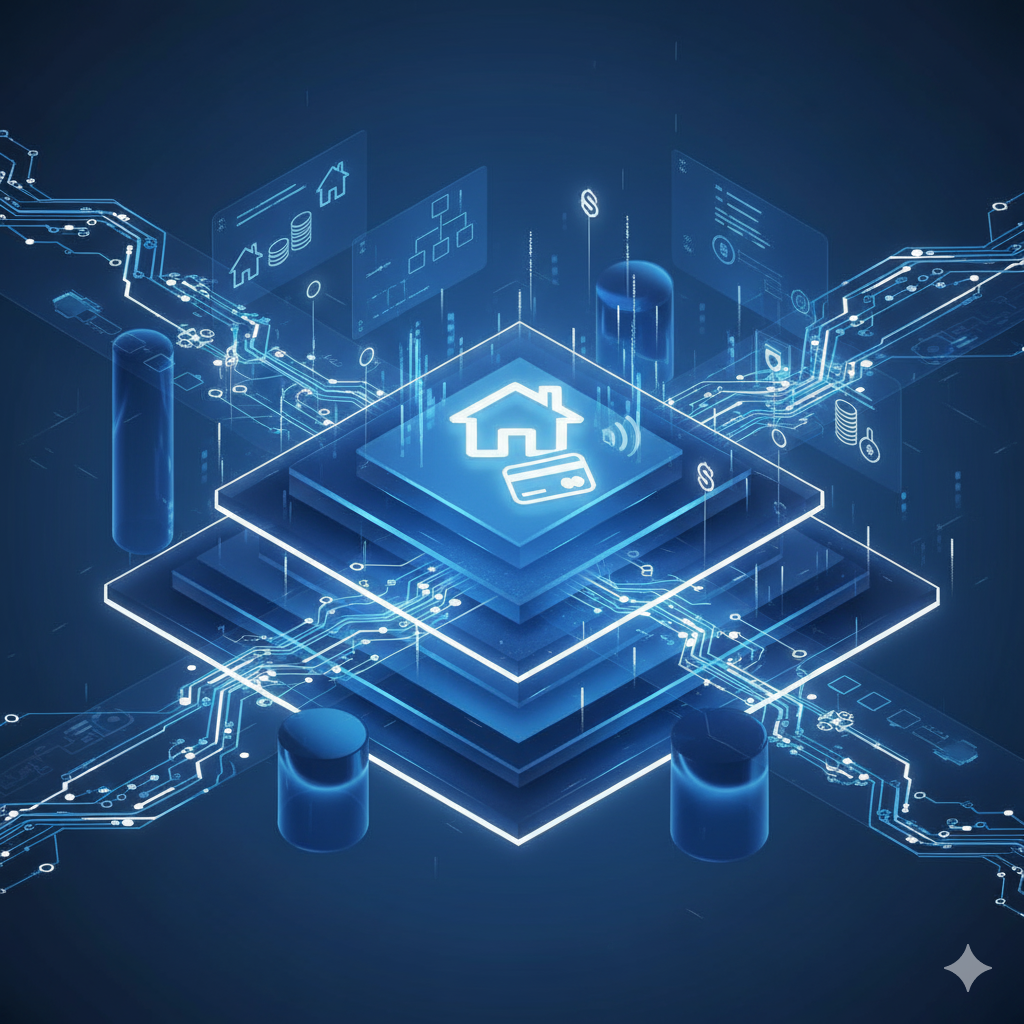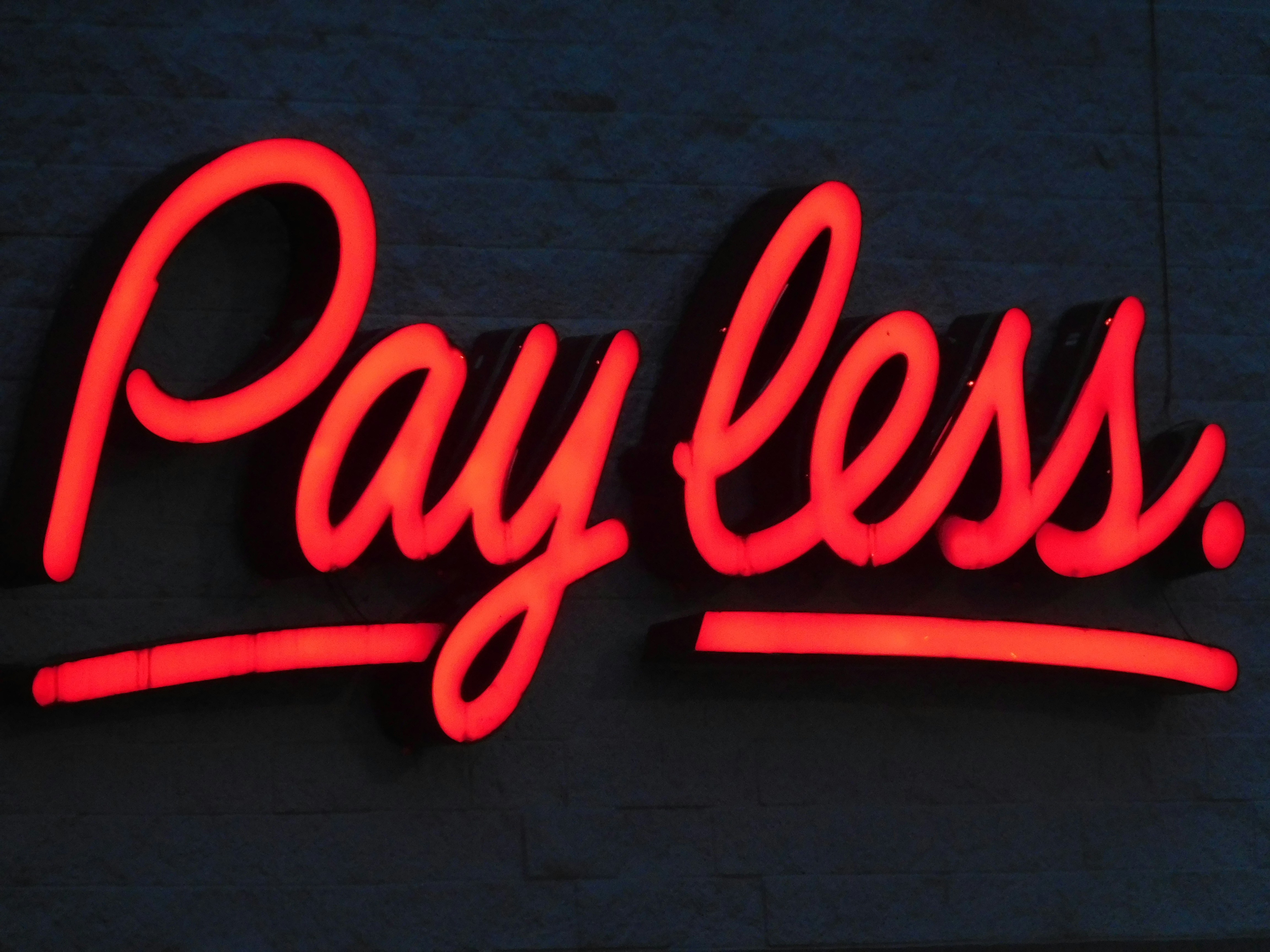Property Managemnet
Growth sounds great until you're drowning in maintenance calls.
Most landlords hit the same wall around fifty units. Revenue climbs, but so does everything else. Phone calls multiply. Spreadsheets spiral into chaos. Month-end reconciliation becomes a three-day nightmare.
The math stops working.
We’ve seen this pattern across hundreds of property portfolios. The ones who break through don’t work harder—they rebuild how they manage.
The Hidden Cost of Manual Operations
Here’s what most investors miss: every manual task carries an invisible tax.
Processing rent checks manually for 20 units takes a few hours monthly. For 100 units, that same process consumes entire days.
Studies indicate that 88% of spreadsheets contain input errors due to manual data entry. Those errors don't just create accounting headaches; they cascade into late fee disputes, missed maintenance schedules, and compliance gaps.
It’s no surprise the U.S. property management software market is growing at a 7.7% CAGR through 2030. Operators are waking up to what manual work really costs them.
What Successful Operators Automate First
Smart landlords start with rent collection.
Not because it's the most complex task, but because it delivers immediate, measurable returns. Research shows that 84% of property managers reported significant time savings after adopting property management software, while AI can reduce errors in lease administration by up to 42%.
Digital payment systems create dual benefits. Tenants gain convenience through mobile payments and autopay options. Landlords eliminate check processing, manual ledger updates, and collection follow-ups.
The payoff is real. A single renter on autopay is worth roughly $490 per year in efficiency and retention gains. Multiply that across 50 units, and you’re looking at $24,500 in annual value—from one smart automation decision.
Centralized Information Eliminates Decision Friction
The next leap happens when data gets centralized.
Traditional property management scatters data across multiple systems. Rent rolls live in one spreadsheet. Maintenance requests pile up in email. Lease documents hide in folder structures that made sense three years ago.
This fragmentation creates decision friction. Every question requires hunting across platforms. Every report demands manual compilation. Every new team member needs weeks to locate basic information.
Centralized dashboards fix that. When maintenance requests, payments, leases, and communications live in one platform, decisions happen faster. You see patterns that spreadsheets hide, and your team can act instead of react.
Tenant Experience Drives Operational Efficiency
Here’s the part most landlords overlook: better tenant systems mean less landlord work.
Mobile maintenance request portals don't just improve tenant satisfaction. They eliminate phone tag, create automatic documentation, and enable better vendor coordination. Tenants get faster resolution. Landlords get fewer interruptions and clearer audit trails.
Online payment systems follow the same pattern. Renters who use online payment methods report a satisfaction rate of 77%, significantly higher than the 35% satisfaction rate among those using traditional payment methods.
That satisfaction gap translates directly into operational efficiency. Fewer payment-related calls. Reduced late payment follow-ups. Lower turnover rates that compound into substantial cost savings.
Systems Enable Focus on High-Value Activities
The ultimate goal isn't automation for its own sake.
Automation creates capacity for activities that actually build portfolio value. Property acquisition requires focused analysis. Strategic improvements demand careful planning. Relationship building with quality tenants takes genuine attention.
These high-value activities get crowded out by operational noise. When your day fills with rent collection follow-ups, maintenance coordination calls, and manual data entry, strategic thinking becomes impossible.
Operators who successfully scale reclaim this capacity through systematic automation. They're not working less. They're redirecting effort toward activities that compound portfolio value over time.
About 78% of property management companies plan to invest more in automation for handling tenant inquiries, lease preparation, and coordinating maintenance services. This investment pattern reveals where the industry recognizes genuine leverage exists.
The Implementation Reality
Scaling with systems doesn’t happen overnight—but it does follow a clear pattern:
- Start with rent collection and payment processing.
- Move to centralized information systems.
- Add tenant-facing portals for maintenance and communication.
- Layer in analytics for proactive decision-making.
Each step compounds the last. Each one simplifies your operations while setting up the next phase of growth.
The best operators don’t chase shiny tools. They adopt the right systems in the right order—each one reducing friction before adding complexity. Learn more.
Where This Leads
Property management is undergoing a fundamental restructuring.
The question isn't whether to adopt digital systems. The market has already answered that question with capital allocation and competitive pressure. The relevant question is how quickly you implement systems that create genuine operational leverage.
Smart landlords are building portfolios that scale without proportional increases in stress, staff, or time investment. They're doing it through systematic automation of routine tasks, centralized information architecture, and tenant-facing tools that simultaneously improve experience and reduce operational burden.
The math is straightforward. Manual methods that worked for 20 units mathematically fail at 100 units. The operators who recognize this early gain compounding advantages in portfolio growth, operational efficiency, and long-term sustainability.
Growth doesn't have to mean chaos. It just requires building the systems that make chaos structurally impossible.










